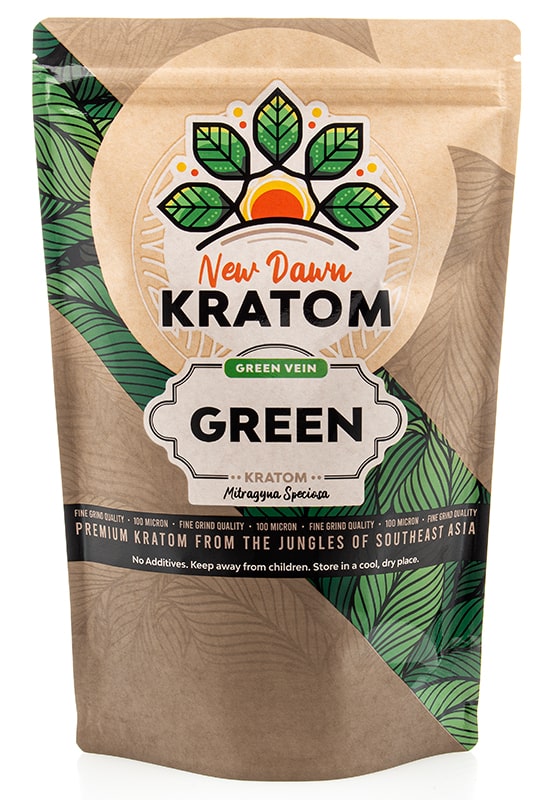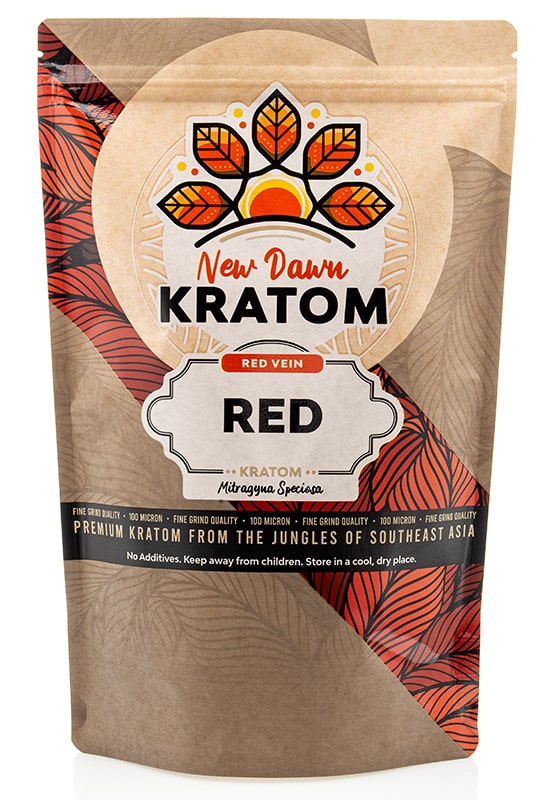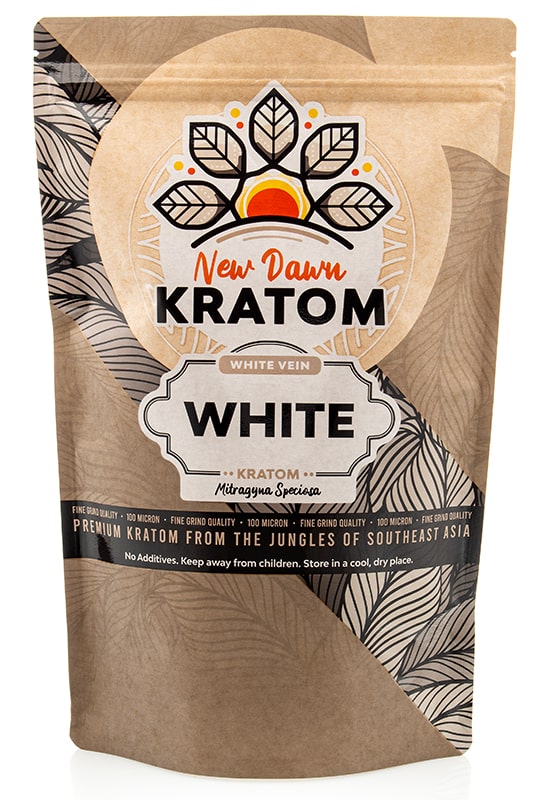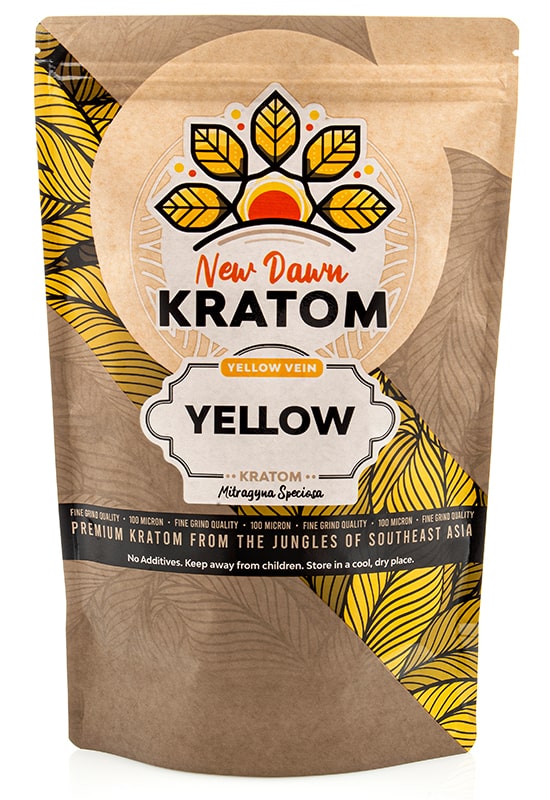For all of the wonderful benefits that kratom provides, it sure can taste like crap. No, seriously — toss-and-washers are a different breed. It’s hard to think of a bitterness more distilled than that contained in kratom leaves. Add in the dry, coarse powder texture, and it’s easy to see why most people have gotten so creative with kratom consumption methods.
If you enjoy kratom’s benefits but don’t have the oral tolerance for its interesting taste and texture, you might want to consider kratom extracts. Now, you might be thinking extracts are expensive! But no one said anything about store-bought. Here’s how you can make them at home.
What is a Kratom Extract?
As the name suggests, a kratom extract is a solution that concentrates the chemical composition of kratom. So instead of having to take the leaves — whether whole, crushed, or powdered — you can consume just the alkaloids and the other chemical components of the plant. This involves quite literally extracting the content of the leaves. People make kratom extracts for several reasons. But some of the most common include:
- To increase potency without having to take too much powder at a time
- To improve the taste and texture of kratom
- To speed up the effects of kratom chemistry
When we say ‘kratom extract’, you’re pertaining to a broad group of solutions. This includes anything produced by extracting the compounds in the kratom leaves or powder, so you can try several ‘extract’ formulations.
Kratom Tea
Yes, kratom tea is an extract. Steeping leaves or powder in hot or warm water imbues the liquid with the chemical compounds in the leaves. The thing about tea, though, is that it doesn’t do anything to change the potency of the powder you put in. So you ultimately get a 1:1 strength. In essence, brewing kratom tea turns your dose of leaves or powder into a more palatable liquid form.
One of the main reasons people steep tea instead of tossing and washing it is because kratom tea provides a more accessible experience for low-tolerance users. Adding a teaspoon of honey or sugar, chilling the brew, and infusing any ingredients can significantly improve its flavor.

Here’s how to do it:
- Materials and ingredients:
- 8oz hot (not boiling) water
- Honey or sugar
- Your kratom dosage (powder or crushed leaves)
- Lemon
- Strainer
- Procedure:
- Mix lemon juice and hot water. The citrus in the lemon helps to prevent the breakdown of the alkaloids in the kratom leaves or powder.
- Place your kratom dose into a teacup and pour the hot water and lemon solution into the mix. Avoid using boiling water.
- Stir continuously to allow the kratom to infuse with the water. Wait for the water to turn a rich, honey-brown color before moving to the next step.
- Strain the tea to eliminate any powder or leaves that might have been left behind. If you’re up to it, you can leave powder residue in the tea and drink it.
- Add in some sugar, honey, or your choice of sweetener. It’s always best to drink the tea right away. You can also cool it down for a few minutes and add a few ice cubes for a refreshing beverage.
Kratom Tincture
Unlike tea, a kratom tincture contains more kratom per mL. This means you can achieve the same effects of a total dose by simply taking a few drops of the tincture instead of drinking a whole cup of tea. Tinctures are a little more complicated to make. But with the correct procedure, you can produce a batch that lasts well over a month.
In general, tinctures are also much easier to use on the go. So if you’re the kind of person who benefits from a boost of kratom midday, then it might help to have a little vial of kratom tincture in your pocket.
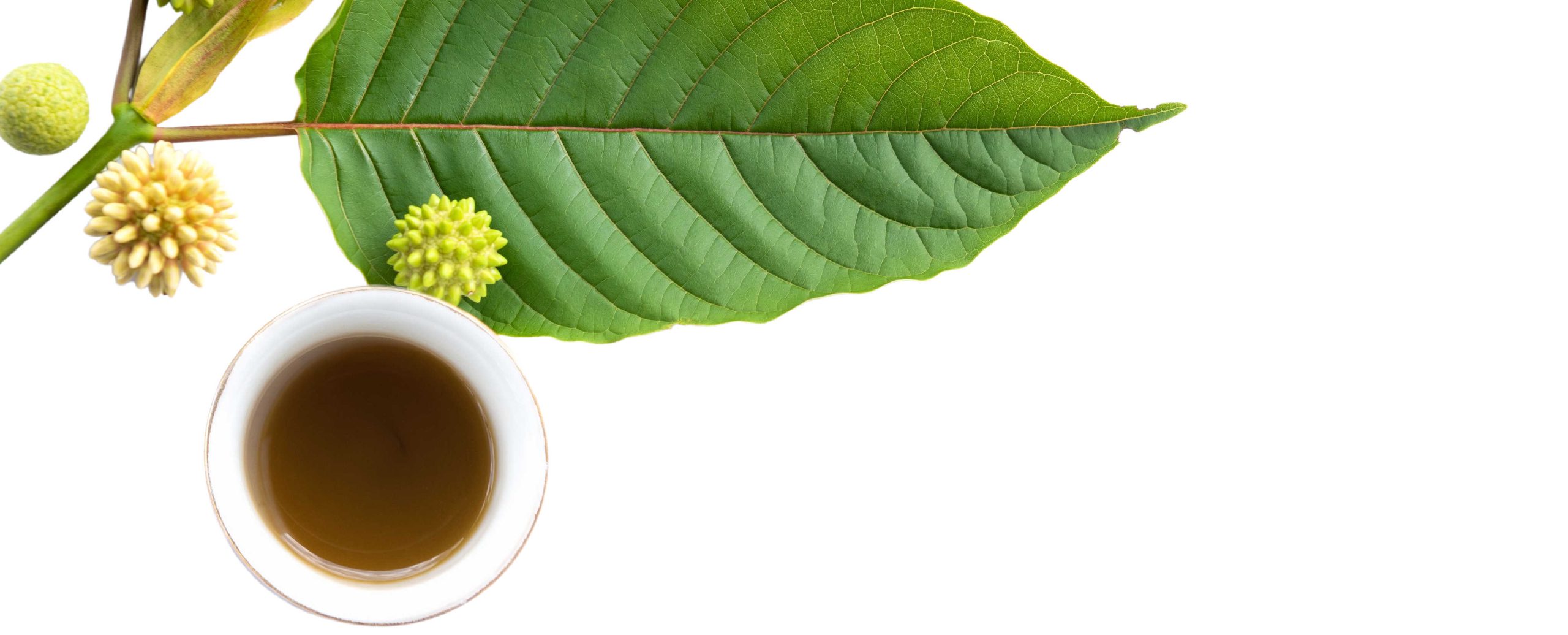
Here’s how to make it:
- Materials and ingredients:
- Kratom leaves or powder
- Water
- Ethanol (80-100 proof)
- Citric acid, lemon juice, or vinegar
- pH level measurement tool
- Scale
- A large pot
- Strainer
- Brown bottles or jars for storage. Choose ones with an airtight seal.
- Procedure:
- Add your kratom powder or leaves to your brown-tinted jar. The reason for using a tinted jar is that it protects the contents from chemical change and degradation caused by sunlight. As a general rule, you’ll want to add about 4 ounces of kratom.
- Pour one liter of alcohol for every 4 ounces of kratom into the bottle or jar. Make sure you stir everything well, especially if you’re using powder. Some powder may be clumped at the bottom of the container that may not be penetrated by the alcohol if not mixed.
- Add in enough citric acid, lemon juice, or vinegar. Take your pH level measurement tool to know if you’ve tossed in enough. It should reach a level of 4.
- Seal the jar to ensure nothing gets in or out of the container. Leave the mixture in a cool dark place for about 14 days. Try not to check on the mixture during this period to prevent any light from penetrating the container.
- Take a clean mason jar and place a cheesecloth over its mouth. Then pour your 2-week-old solution into the new jar to strain whatever powder and leaves might have been left behind. Then leave the cheesecloth over the mouth of the new jar to allow some of the mixture to evaporate for about a day or two.
Once the wait is over, you can strain it into the third jar with a clean new cheesecloth. This will now be your tincture.
Kratom Resin
As perhaps the most potent form of kratom, the resin is a semi-solid solution that gives you the highest dose of kratom in small amounts. This ultra concentrate involves a laborious process, which is why vendors selling resin typically slap on pretty steep prices.
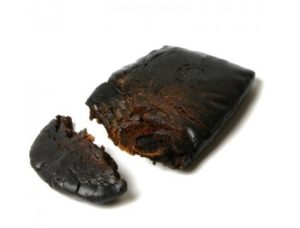
Here’s how to make kratom resin:
- Materials and ingredients:
- Large mixing bowl
- Kratom powder or leaves
- Measuring scale
- Clean water
- Lemon or lime juice
- Strainer
- Oven pan
- Weighing scale
- Procedure
- Weigh your kratom. The only absolute limit here is the size of your mixing bowl. There’s no restriction on how much kratom powder you can add to the solution.
- Add enough water to the bowl to submerge all of the kratom powder. Mix the powder and the water, and add your lemon or lime juice, so they’re all thoroughly combined. Then pop the bowl into the freezer.
- Take a separate pot and boil some water over medium heat. Take your frozen kratom and water mixture and toss them into the boiling water. Mix continuously until the block melts.
- Leave the mixture over the stove to reduce. Watch the water level and remove the pot from the heat once about 1/4 of the water evaporates.
- Strain the mixture to remove any residual powder. You can do this by pouring the mixture over a cheesecloth. (zolpidem 10 mg online india) If you want a smoother resin, you can repeat the straining process.
- Pour the strained mixture into an oven-safe baking pan. Preheat your oven to 175°F and pop the pans into the heat. Leave it there for about 30 minutes. You should see the solution get thicker as the minutes roll on.
- When the time is up, pop out the pan and transfer your resin into a tinted jar or tub. You can also measure its weight to determine its concentration. To do this, divide the initial kratom powder’s original weight by your resin’s final weight.
How Much Should You Take Per Dose?

If you’re buying your extract from a vendor, their labels should tell you how potent their kratom is. For instance, a 10x kratom extract would contain 10 times more alkaloid content than a standard powder. So if your usual dose would be 4g, taking that same amount of 10x kratom extract would give you 10 times the effects you experience with powder.
The problem with making your extract is that you can never be entirely sure of the concentration of the end product. With tea, the math is pretty simple since tea is brewed as a single serving. That means if you take a dose of 4g of powder, the resulting tea would be the same potency. With tinctures and resins, you’ll have to meticulously measure out weights.
That said, it’s essential that you carefully graduate your doses to get a better feel of the potency of your homemade solution. Start at the lowest dose and work your way up to your threshold. This should help you safely determine the right amount to experience the full effects of your product without overdoing it.
Mix Things Up
The old toss-and-wash might be getting pretty old, or maybe you want to use kratom minus the nasty taste and texture. Extracts might be the way to do it. While store-bought extracts might be expensive, you can reduce the cost by making some at home. Try these recipes for DIY kratom extraction to enjoy your favorite strains in brand-new ways.

